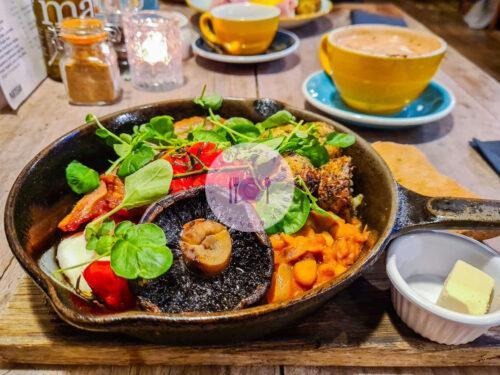Travelling to a foreign country can be very daunting – especially when you have allergies/intolerances/coeliac disease. I have created this survival guide to help you travel with safety and making sure you can eat. I have a sporting hobby which has led me to travel abroad multiple times a year – both pre- and whilst living gluten-free. This is ontop of having a partner who has family abroad means that I often travel and have somewhat become accustom to it. I am hoping that sharing my top tips with you will help shape your journey and make it easier.
We shouldn’t be limited in what we can do, especially when taking in the culture including their foods. With thorough planning, you will be able to explore various cuisines around the world. This may take some adaptation and push you outside of what may be comfortable, but I promise it is worth it.
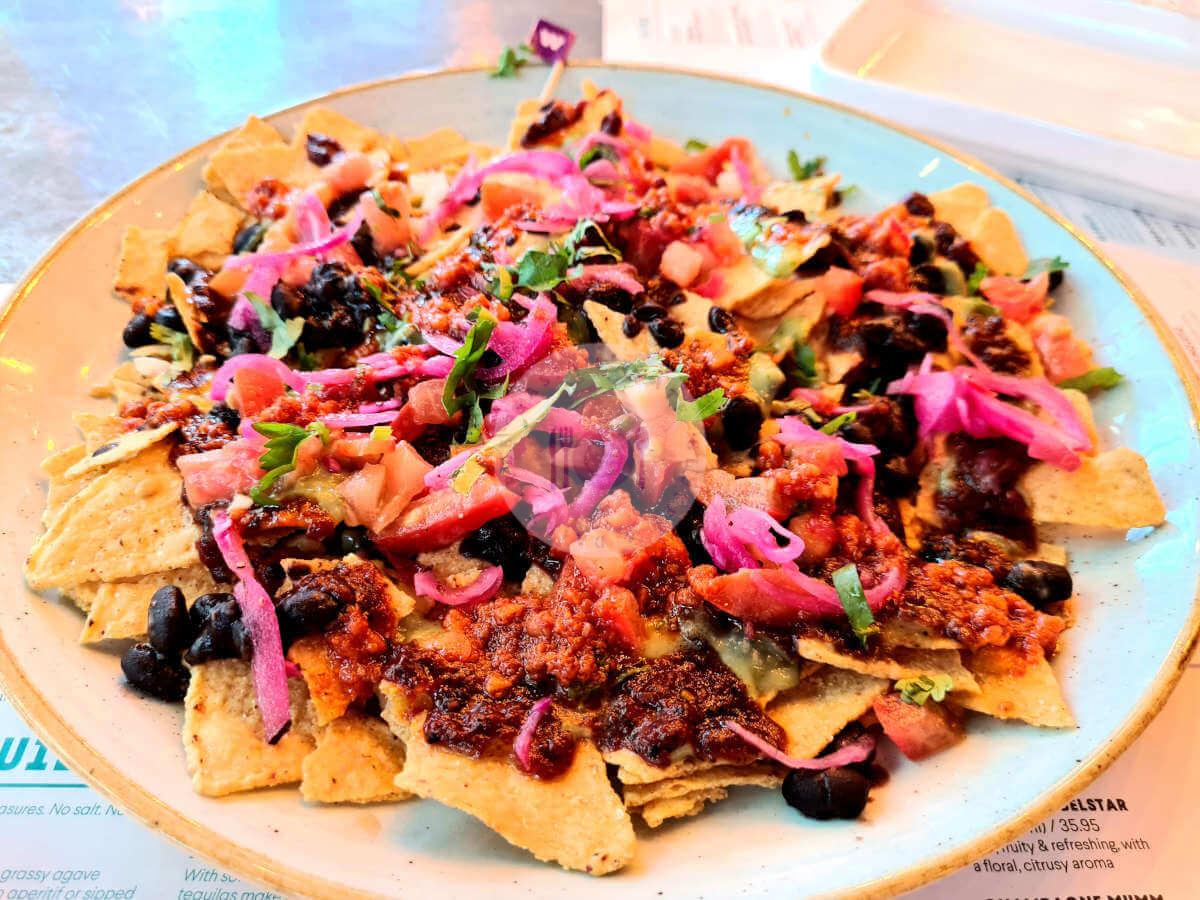
1. Planning your trip
First and foremost this is the most important part of your trip. Even before I was gluten-free, I would often scout out places to eat as I just love food. However, it isn’t as simple now as just ‘popping in anywhere’ like it was before. Planning may seem scary and time-consuming, but I promise you it will save time in the long run. It’s much better than running from place-to-place in panic you can’t get any food. There’s two ways I usually plan, which I will detail more in a moment: before I go or the moment I arrive. Both have their own perks and take around the same time to do.
Before you arrive:
1. Airport food (or lack of)
Eating at the airport/on transport is a million times harder than when you are in the country itself (unless it is a place like China of course – that is a different story). UK airports are pretty good for having GF options nowadays, but this isn’t so true for returning journeys. I’ve had a few issues with delayed flights and being unable to eat for a good 12 hours, for example. Don’t be like me here! Make sure you pack yourself a lunch or snacks for the journey. This is still true even if you have booked a GF meal on the plane. I’ve actually had it before where my meal has been forgotten as well as barely having anything to eat at all. You may strike it lucky or you may end up with one apple as a ‘meal’. I will touch again on bringing your own food more below – but it is well-worth noting this. Even if you don’t think you’ll need it, its always better to be safe than sorry!
2. Booking flight meals
Make sure to book a GF meal on your flight. Don’t just turn up and expect to do this on the day at check-in. It will be too late. Each airline will have their own policy for doing this, but it can be a few weeks ahead of your journey. Also, don’t be afraid to check multiple times you’ll be catered for. I had to ask a few times for one trip. On this note, also don’t assume that you will have a meal on both flights if you don’t check both. You will need to confirm for any multiple stints/flight changes as well as any return journeys. Do check in with the staff/flight attendants too when you get to the airport and when you board.
3. Booking cruise meals
If you’re going on a cruise, it is very similar to booking meals for the plane. Make sure you contact them as far in advance as possible to see if they can accommodate you. I’d personally do this one before booking the cruise!
4. Pre-organising meals at the hotel/accommodation
Call your hotel/accommodation ahead of time to organise GF meals. Make sure to be very clear about cross-contamination (for coeliacs) too. I’d personally do this before you book – especially if it is all inclusive. If your hotel is simply for sleeping in and the catering is an added extra, you have more flexibility whether to ask or just find somewhere local that is more suitable. I personally don’t usually book all inclusive as I like to explore the independent cafes so have less experience on this.
5. Researching eateries abroad before arrival
Make a list of ‘gluten-free friendly places’. It may seem trivial, but having notes of eateries which cater for your diet is a godsend. I went abroad gluten-free a few times at the start without doing this and found it so difficult. My friends would want to just ‘go to this place’ and I’d spend hours going ‘nope, can’t go there’ and walking around. Rome wasn’t overly bad as they are really accommodating for coeliacs, but places like Croatia were another story! More on this in section 2 ‘do your research’.
6. Taking your own food abroad
Pack yourself food just in case. You never know when you’ll run into a situation where you need it. As well as taking food for the airport, I’d advise packing some in your luggage too.
2. Do your research
1. Google
Your best friend here! Simply type in [destination/city] followed by [gluten free] and/or [coeliac] to get hits for various blogs, Trip Advisor and more. I love looking at other people’s blogs as these are the most helpful. Sometimes internet searches can spit out things which may seem gluten-free but aren’t suitable for coeliac/high sensitivity requirements. Still make sure to ask questions and do your own digging too. Blogs and posts can be old so don’t take every word they say. You’ll need to do some of the leg-work also!
2. Find Me Gluten Free
I’ve mentioned this website before, but I have to say it again: https://www.findmeglutenfree.com/. What a brilliant site! Very clear for identifying the best gluten-free places with reviews. There is even a % and check box to identify whether it is ‘coeliac safe’ as well as just ‘gluten-free’. Again, use this more for a ‘guide’ rather than taking the information 100%.
3. Google Maps
Utilise Google maps Maps for saving places you may want to eat at. Little technophobe me recently realised you could do this – pinning /saving places to your map. This is handy when walking around and exploring as you’ll know what’s close by. Best to do this when you have an internet connection and download the map in case you don’t have access to WiFi when wandering. The places will still show when browsing offline then.
4. Plan when you are abroad
Like point 3, you can also plan when you get to the place. I actually do a mix of both – I make a list on my phone of places I’d love to try and then pop to a local cafe with a cuppa and draw on a tourist map. I usually spend the first hour or so doing this when I get there. My way of doing it is to have a pen at the ready and use a ‘key’ to identify if it is a restaurant, cafe or take away. I then add on opening hours/days too. I actually find this way the most helpful for me as I rely on hand-held maps over google maps when walking about abroad. Plus, this is more customised for you and shows details of each place. I sometimes go as far as jotting the rough price so I know my budget too.
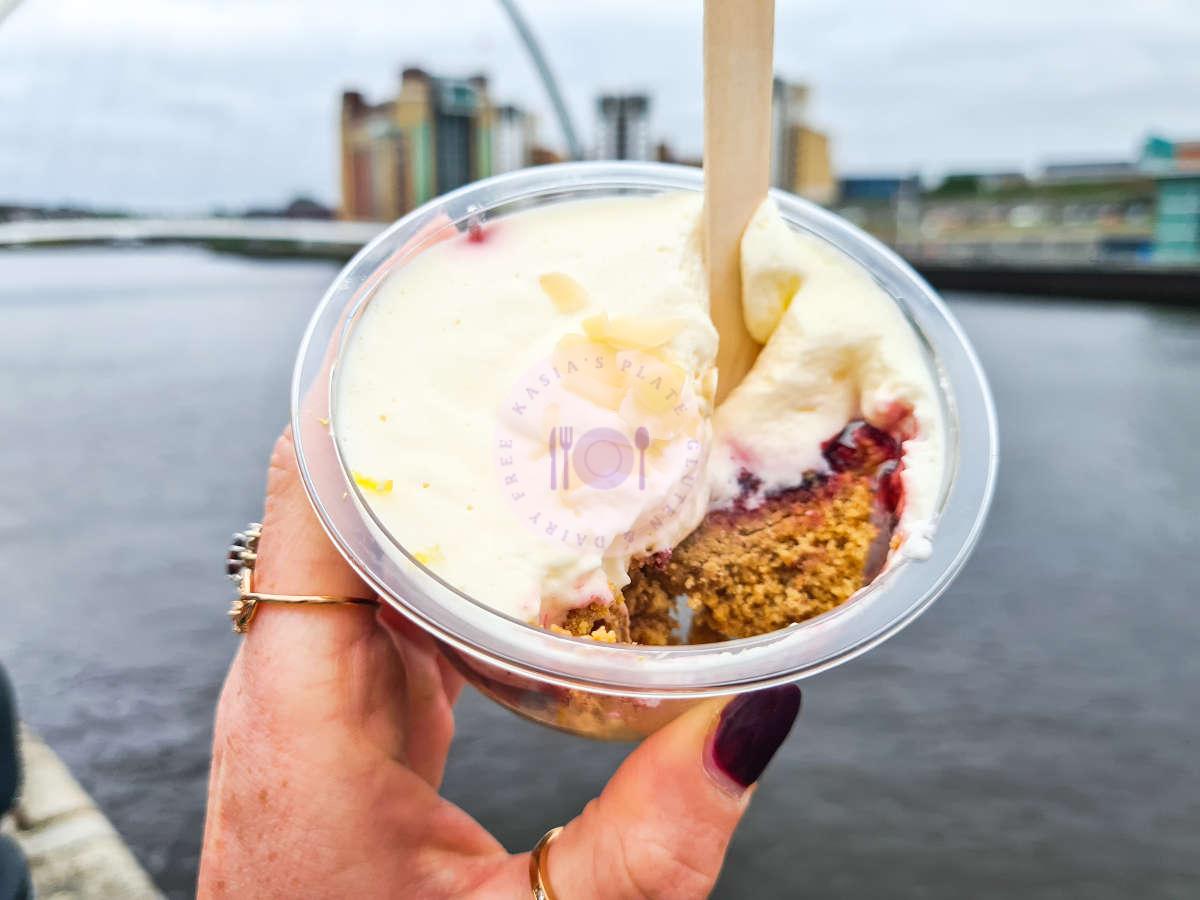
3. Use translation cards/learn the language
There is actually a website that has gluten-free restaurant cards in over 60 different languages. You are able to print these out from their website and take them on your travels (or even dining out at home). This will prevent any miscommunication between the staff as it will be carefully written down and explained – including cross-contamination procedures. Whilst these cards are free, you can also donate a little on the celiac travel website as a thank you.
Another option is to try and learn the language yourself. I also don’t mean to become fluent either. Just simply a short statement/explanation of your requirements. This may not be possible for every place you visit, but is worthwhile if you want to visit a particular country (or countries which speak the same language) on multiple occasions. For example, I have learnt how to ask for gluten and dairy-free food in Czech as I frequent Prague a lot. This is actually very rewarding too.
4. Taking your own food abroad
Taking your own boxed, dried food (such as cereals and snack bars) with you doesn’t tend to be a problem when flying within the EU. I’ve done this myself before. However, it can prove more tricky with other countries. Make sure to double and triple check with both your airline if it is safe for you to take food abroad. If you’re using a tour/agency to travel, you can also get advice from them. Sometimes they even give additional baggage allowance on request.
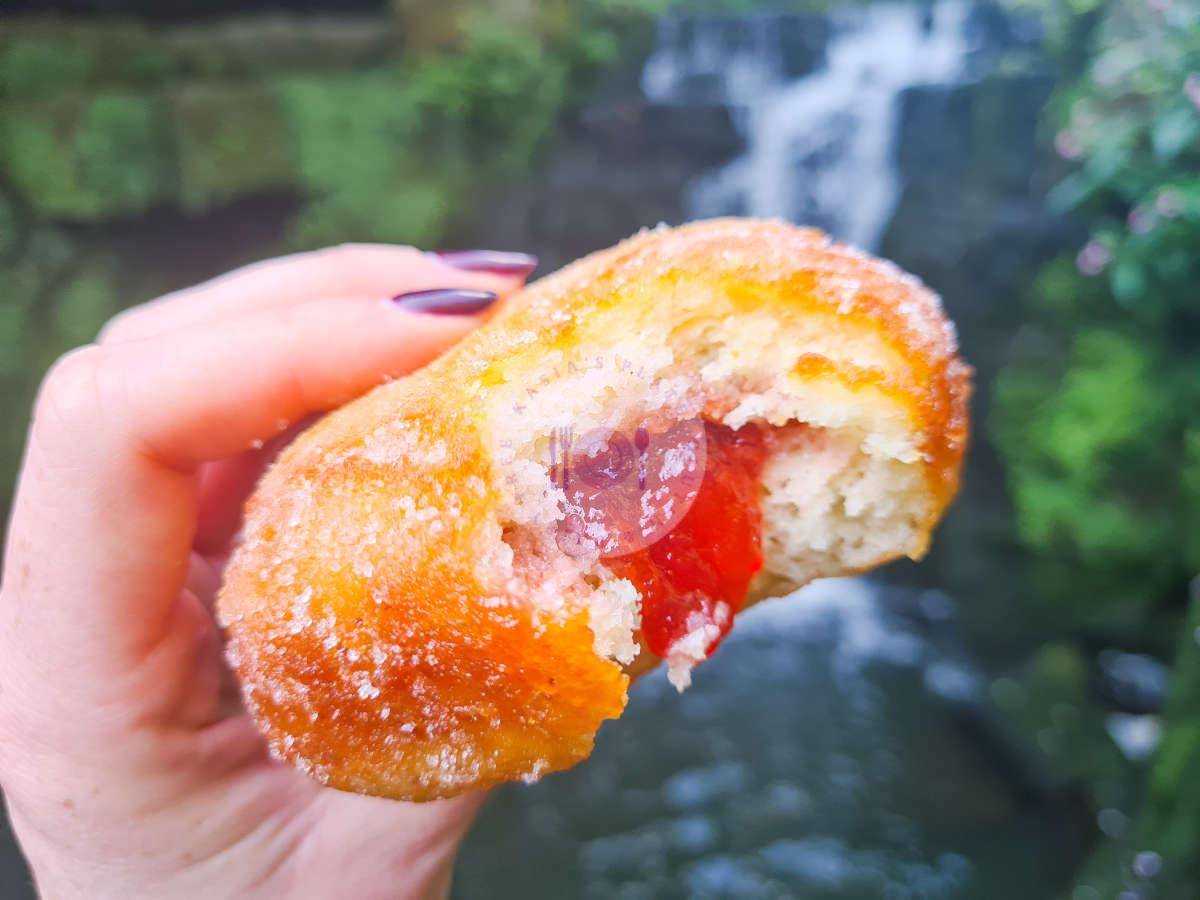
5. Food labelling abroad
A great place to start with understanding food labelling in different countries is by using the Celiac Disease Foundation website. An overview of countries/continents and their regulations can be found here. Yes, food labeling is different in every place you go.
- Argentina: promotes awareness and knowledge of coeliac disease. A national logo can also be found on all of their GF-certified products so you can easily spot this.
- Australia & New Zealand: These guys are much stricter on their ‘gluten free’ guidelines than in the UK. Anything which has a ‘gluten free’ label means there is no gluten, oats or other cereals in the product. This is why oats are NOT gluten free in these countries but are in the UK. You may also see ‘low gluten’ labels which is where a product has <200 ppm gluten. This is not suitable with a true gluten free diet so make sure to steer clear of this.
- Canada: Very similar to the UK in their labeling – anything <20 ppm is considered to be gluten free. Any gluten sources that have been intentionally added, no matter the amount, will also be labelled.
- EU: I am sure the majority of you who follow my blog will be more familiar with the European Union guidelines. Food is either ‘very low gluten’ at <100 mg/kg or ‘gluten free’ if below 20 mg/kg. May contain labels are there if there is a potential for cross-contamination in processing, but gluten is not in the product itself. Coeliacs are advised to steer clear of may contains.
6. Types of catering/stay abroad
Self Catering
Self catering is likely the easiest option for travelling abroad with food intolerances/coeliac disease. Not only will this save you stress, but it will save money too. Whether this be an air B&B, cottage, lodge or any other accommodation of this nature. You know exactly what you are buying and making for yourself so can be extra careful. There are a couple of downsides to this though. Understanding the languages on the back (the majority will have English as an option though) to read for may contains and ingredients. It will also take time from your day to buy ingredients and cook your meals. It is less ‘taking in the culture’, in regards to food, too. When booking, you’ll want to make sure you take note of local supermarkets which will have staple foods for you too. For places like Italy and Spain, this would be pretty simple!
Hotels/Resturants
Another option when staying away is using a hotel. These often include breakfast as part of the package, with some even being ‘all inclusive’. If you’re booking through an agent, you can seek help through them for your dietary requirements when booking (don’t rely on them though – it may be good to use them for an initial idea but chase this up yourself by booking the gluten free meals/requests in advance of eating). Just make sure to ask all the usual questions before each meal too. You could even request to speak to the chef or staff that you’ll be covered upon arrival. I’ve found lots of restaurants are pretty good if they do say at the start they cater though. Once again, this will completely depend on what country you’re visiting too. Some are definitely better than others! Oh, and definitely avoid buffet-offering hotels – I’ve had some nightmares here.
Cruises
Similar to with hotel restaurants, make sure to talk to your travel agent/cruise operator about gluten free options prior to booking. Explain everything regarding cross contamination too. You’ll find that cruises can be similar to airlines in which you need to find a specific department to contact for arrangements.
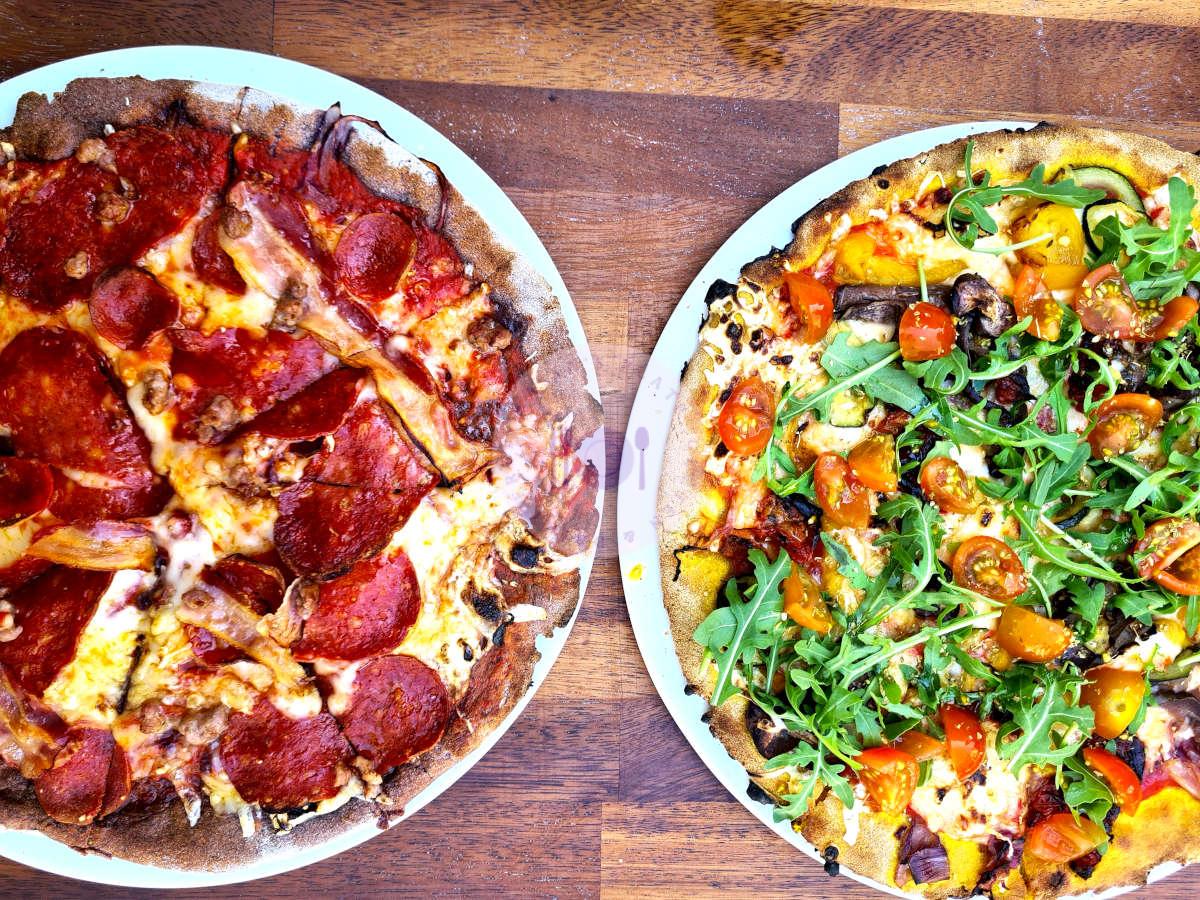
7. Best destinations for Gluten-free
America
In one of my other guides, I did mention to avoid American cuisine in the most part when eating GF. This is because much of it is breaded and fried. However, it doesn’t mean you can’t visit the country and have a great time! My research shows that New York City and Portland, Oregon are two top picks for GF travel. Several websites show these to be the top two cities for the best GF cuisine. We are even talking things like beer and pasties!
Australia
Foods labelled ‘gluten free’ in Australia actually contain such low levels of gluten that there is ‘none detected’. This means there’s lower levels than the UK. There’s lots of GF Australian snacks as well as lots of restaurants around. Plus, they speak English so there won’t be problems with translation.
France
Whilst it may not seem obvious on the offset due to their breads and pastires, France actually has a lot to offer. They even have a coeliac association. Oh if you’re off abroad to Paris or nearby in France you just have to try Noglu. It is a 100% GF cafe with lots of patisserie and cakes. Heaven in my eyes!
India
It is well-known that most Indian cuisine is naturally GF (when you avoid the fried foods and naan) so there is no wonder why it has made the list. The curries and rice are generally safe, but make sure to take a translation card with you to avoid contamination.
Ireland
You may or may not be surprised to know that there’s a large coeliac population in Ireland. This is a bonus for when travelling there as it means they are more clued up than most. You won’t starve when visiting here!
Italy
This is my top pick. A personal opinion – but I’ve had the most luck travelling GF in Italy. It was actually the first place I went to after starting a GF diet. I hadn’t planned as much as I do now and actually had almost no issues. Italy is super accommodating to gluten intolerance as well as coeliac disease. Do be prepared to pay a slight supplement in some places though. I did often find pizza was an extra 2 euros for GF. However, it is worth it!
Mexico
Mexican cuisine does have lots of tortillas, that is true, but they also have tacos which are often naturally GF. That and nachos (although make sure to check these). Their chilli and curries are often suitable also. I’ve even heard of people going to local street food markets which have proved to have available options.
New Zealand
Likewise to Australia, rules are very strict here. You can pick up snacks in local supermarkets as well as eat out with ease. The majority of restaurants offer GF or can easily adapt the menu as it is well-understood in this country. Make sure to look for all the unique goodies in the larger supermarkets – they often have a wide range to choose from.
Portugal
I’ve been to Portugal on multiple occasions with no problem at all. The majority of their food is meat-based with a side of potatoes. Do be careful as a lot of this is fried so make sure to check cross-contamination. However, there are lots of swaps for roasted potatoes, vegetables and rice. 9 times out of 10 I found it safe to eat. They have a huge emphasis on using high-quality ingredients in their food meaning that unnecessary bulking agents (I’m looking at you wheat flour) isn’t used as much as it is in the UK. I actually find Portuguese restaurants in the UK more challenging than being abroad there, funnily enough. The only real things that are ‘off limits’ are the gorgeous pastries they sell, including the infamous pastel de nata. For mains though, you won’t go hungry!
Russia
This one surprised me actually! Russian cuisine is big on things like oats for breakfast (dream for me) as well as hot buckwheat porridge. Both are gluten-free, providing you get GF-certified oats. A lot of their bread is also buckwheat-based and their food is rarely fried. I’d say this one is 50/50 though as they do have a lot of barley in their cuisine too. Maybe best for a wheat intolerance rather than gluten overall.
Spain
I’ve been abroad to Spain many times and can vouch for how good it is. One of the best places for GF foods. I’ve never had issues here, no matter where I’ve been. Barcelona is particularly incredible – you’ll have to check out their 100% gluten free cafes. A few of my personal favourites Gula Sana and Jansana.
Sri Lanka
Much of the Sri Lankan cuisine is made with rice, millet, lentils and sweet potatoes meaning that is naturally GF (plus it is delicious). The majority of their curries and dishes are made with coconut milk which is a bonus for us dairy free folk. Just be wary that much of their food is also more on the spicy side (for my palette anyway) so definitely one for the heat lovers.
United Kingdom
Whilst I am based in the UK, I thought this would be a good one to pop in anyway for those abroad. The UK is accommodating for gluten-free diets as well as other intolerances such as dairy and egg. There’s also an abundance of vegetarian/vegan options too. The only thing to wach out for here is the difference between ‘gluten-free’ and ‘coeliac-safe’. Some places may say they can cater for a GF diet but they will have the same fryers/prep areas for gluten and non-gluten items. Just ask the usual questions and you should be good to go! Or you can check my other pages/guides for places I have visited personally to help too.
Vietnam
Apart from some of the noodles, you’ll be pleased to know most Vietnamese dishes are naturally gluten free. Lots of restaurants are beginning to get clued up on cross-contamination too. Travelling abroad to Vietnam would not only provide an array of rice bowls, pancakes and pho, they also have so many beautiful things to visit.
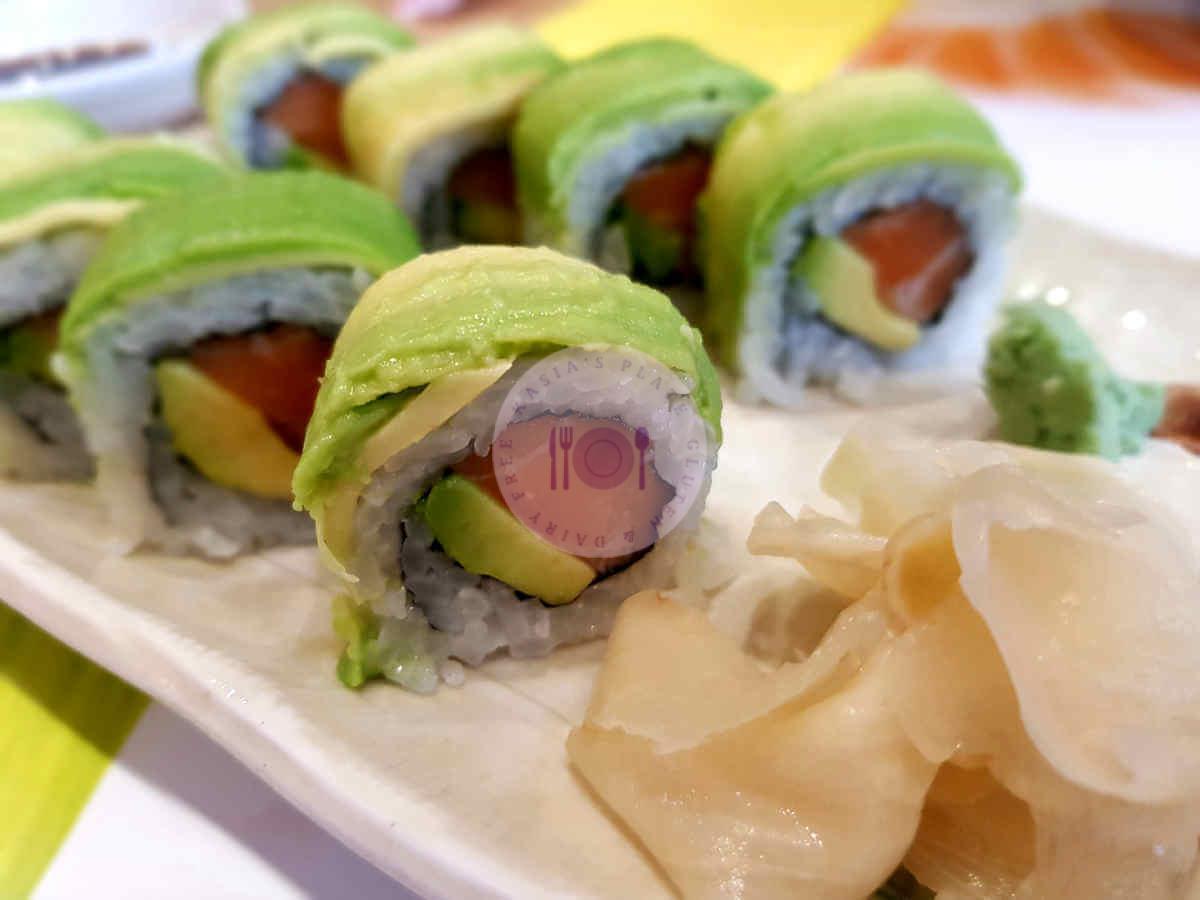
8. Worst destinations for Gluten-free
China
Where do I even start with this one? I had already mentioned it in my eating out guide as one of the worst cuisines for gf-friendly foods. It is so unfortunate, as I loved Chinese food before I had to go gluten free. My personal experience of China wasn’t great, though. They didn’t understand a doctor’s translation of my intolerances and cross-contamination. I still managed to get ill almost every day. All I was eating was rice too.
Czech Republic
Land of goulash and dumplings! I have put this in the worst destinations for GF simply due to the amount of flour used to thicken sauces and used to make their dumpling sides. They also like to put their soup in bread too! It’s harder to get GF goods outside of the capital as it is much more traditional cuisine. Whilst I say this, Prague itself does have some hidden GF gems which shouldn’t be missed. Just be wary – but you can make this a safe destination with research.
Japan
Unfortunately a lot of Japanese food is made with soy sauce. Whilst it is such a beautiful cuisine, it isn’t very coeliac friendly when going abroad. You may find the odd place will cater if you ask in advance, but I found it was quite hard to come by with this type of cuisine. They also use lots of wheat-based grains in their noodles which are a must-avoid.
South America
Whilst America itself is relatively OK and clued up, it should not be grouped with the South Americas. They use gluten as a cheap thickener in lots of their food and it can be a minefield to navigate. There is a lack of reliable information here which means that is isn’t one of the easiest places to visit. However, if you do your research, I’m sure you’ll find some hidden places.

Hope you find this blog post useful. If you’re visiting the UK, I also have a post of 100% gluten free venues that I highly recommend. Happy travels xx


